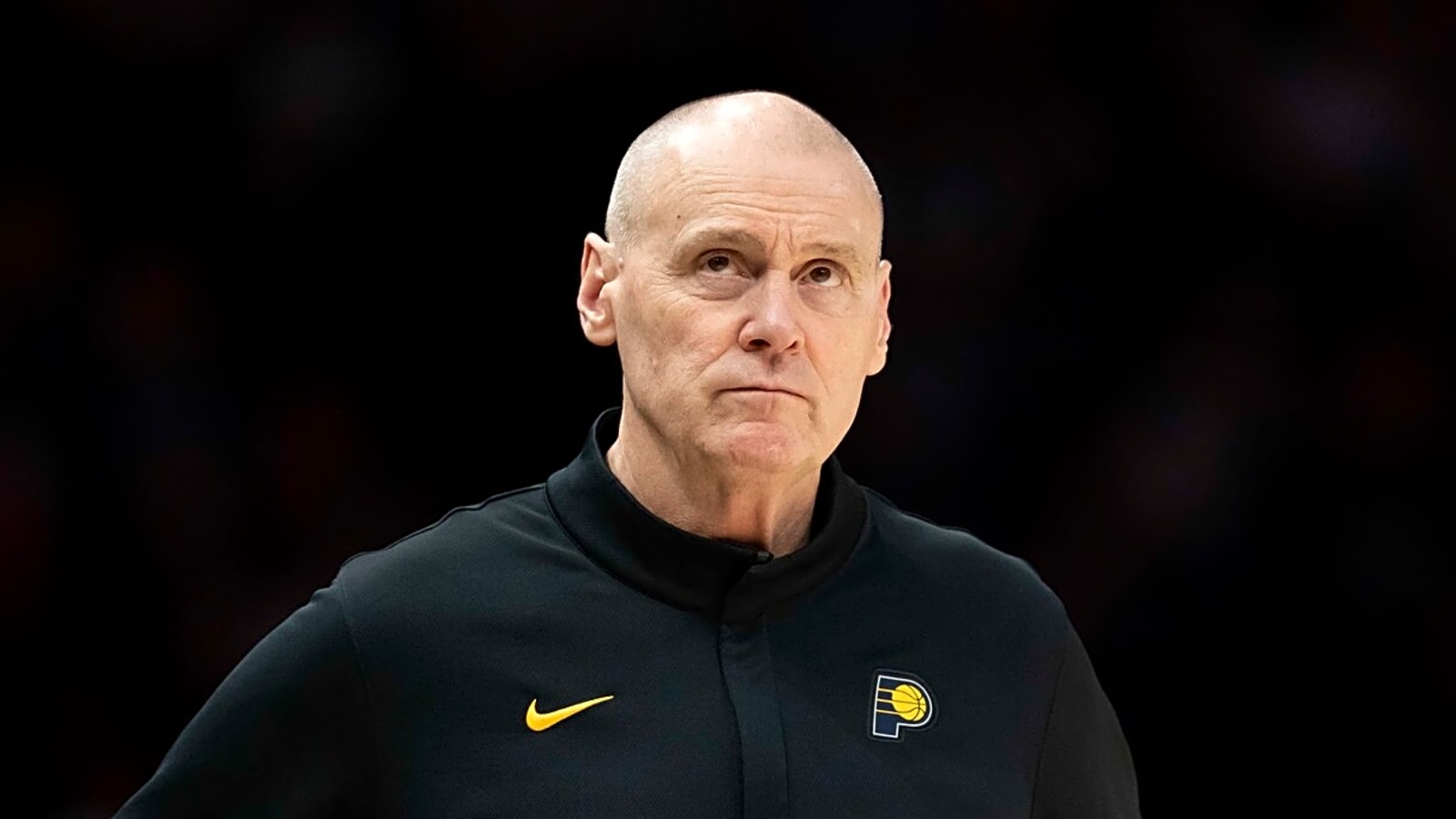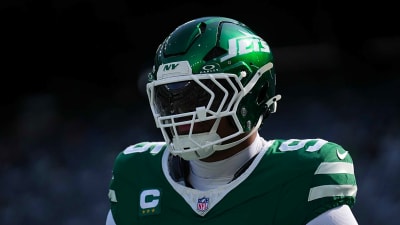
Tanking is the only choice for the Pacers
The defending Eastern Conference champion Indiana Pacers opened 2025–26 at 1–6, sitting 13th in the conference. That’s not a blip. It’s the outline of a season without its central nervous system. Tyrese Haliburton is out for the entire year after tearing his right Achilles in Game 7 of the Finals, and the dominoes since have been brutal.
The injury avalanche changed the math
If this were only a Haliburton absence, you’d argue for survival mode. But that's not the case in Indiana. The Pacers' injury report is extensive. Andrew Nembhard (shoulder) and Bennedict Mathurin (toe) are out until November 8 at least, and T.J. McConnell (hamstring) is out until November 11. Kam Jones (back) might return next week while Obi Toppin (foot) will be back in February. With Haliburton already ruled out for the season, the Pacers are without their starting backcourt, their primary bench organizer, a top scoring wing and a rotation forward. There’s no sustainable guard play or spacing backbone left to run Rick Carlisle’s offense.
The standings reflect it. Indiana has dropped six of seven. The game log and team page paint the same picture: a roster built to play fast and share the ball is neither deep enough nor healthy enough to do so.
Why the smart play is the hard one
The Pacers are built around a 25-year-old All-NBA playmaker who will return next fall. The objective isn’t to chase the postseason — it’s to maximize the 2026 roster around Haliburton, Mathurin ane Pascal Siakam. That’s where tanking makes cold, competitive sense.
Such an approach has proven effective in the past. The 1996-97 Spurs lost David Robinson to injury and fell to 20-62, winning the No. 1 pick in 1997. They selected Tim Duncan and won the championship in 1999. It wasn’t pretty, but it was rational. Indiana’s situation isn’t identical, but the logic is. One strategic step back can reset the window around a healthy Haliburton.
This isn’t waving the white flag. With Haliburton out and the guard room shelved, the Pacers can (and should) prioritize heavy developmental minutes, conservative timelines for every injury and a trade deadline framed around future picks rather than short-term patches. It’s the best path to add another piece to a core that just proved it can reach the Finals when healthy.
There’s also a risk-management angle. Rushing Nembhard or McConnell back to grind through January and February invites re-injury and doesn’t materially change the ceiling. Preserving their health matters more than chasing a play-in spot. The same logic applies to Mathurin: his long-term value to Indiana is as a downhill scorer next to Haliburton, not as a volume creator on a depleted team.
The uncomfortable truth is that Indiana’s problems aren’t tactical, they’re structural. Without Haliburton and a functioning guard rotation, the offense stalls, the late-game map shrinks and the defense spends too many possessions in scramble mode after empty trips. Tanking doesn’t solve those issues today — it avoids compounding them tomorrow. The Spurs’ path with Duncan shows what one targeted reset can do when the franchise cornerstone returns.
Indiana earned the right to think big by climbing to the Finals last spring. Thinking big now means resisting the temptation to chase short-term normalcy. Bank the reps, protect the bodies and let the losses be investments. The Pacers can’t fix this season — but they can make sure it fixes the next one.
More must-reads:
- Myles Turner has strong message for Pacers fans who booed him
- Pacers signing Cody Martin to 10-day contract
- The 'Losing coach from every NBA Finals' quiz
Breaking News
Trending News
Customize Your Newsletter
 +
+
Get the latest news and rumors, customized to your favorite sports and teams. Emailed daily. Always free!








